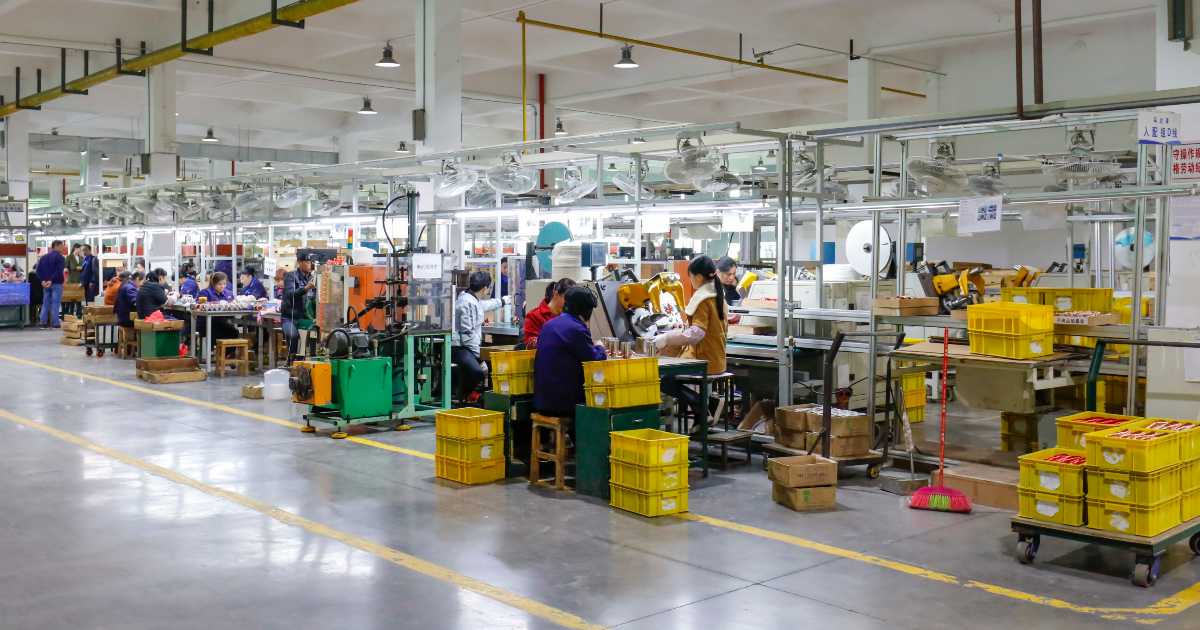
Pilots follow a checklist before they fly. Same thing for doctors & nurses. But, for some reason, I see very few Chinese factories follow a checklist that can help them avoid assembly problems before they make a new product (for the first time).
I jotted down some important points any assembly factory should confirm before production begins in order to avoid assembly problems. (It is not very different from the points we typically check in a ‘production readiness audit’ for an electro-mechanical product.)
Why do assembly problems occur?
The Chinese manufacturer has an approved prototype/sample, they have all the materials needed, they have a payment from the customer, so they go ahead. Often without a pilot run. And, often, they end up in serious trouble, with a lot of rework and scrapped material and/or with poor quality products shipped to their customer.
So what is the checklist to follow in order to avoid assembly issues? Consider these points before production starts:
Training
- Have work instructions for production operators been prepared? Are they clear and simple? Anything critical missing?
- Is there any operation not completely clear in the process engineers’ minds? Have they put some prototypes together first?
- Have production operators been trained? Any operation for which the process engineers have a doubt (not obvious, not easy, tiring…)?
- Is there a clear standard for testers and inspectors? Have they been trained to it? And do production operators also have access to it?
- Are testing jigs ready? Have they been tested on good and bad products? Is the result given in a way that is obvious and understandable?
Assembly line setup
- Will there be sufficient capacity for planned order size and for planned schedule?
- Has the work been broken down into several operations, to be done on a line? Or will the work remain in one place and different people will bring materials to it (lower productivity)?
- Will the materials flow one piece at a time? Are operators likely to keep a bunch of semi-finished products together at their stations? (Risk of mixup)
- Will all assembly, testing, packing, and inspection jobs be done on the same line (or of connected lines)? or will they have to be transported across the factory?
- Are there designated bins/containers for nonconforming material? Are they very clearly different from the rest of the line?
Materials delivery to the line
- Are all the materials (including packaging) already available on site? If not, is the material control planner and/or purchaser following up? Do they have any worries?
- Is there sufficient space by/in the lines, or will materials need to be prepared (e.g. kitted) before delivery from the warehouse?
- Will logistics operators make sure production operators don’t have to get up regularly for replenishment?
Management
- Has the production control planner done his plan based on standard times that were set up for this product?
- Will scrap and rework be accounted for?
- Was the line leader already trained, with a good understanding of the operations and of the quality standard?
******
Many other points could be added, of course, depending on the product and on the processes to be used. This is only meant as a generic starting point.
What do you do in your company? Do you require such a checklist to be completed, to confirm the new product introduction process has been completed? Any points to add here? Let me know in the comments, please.
Ultimate Guide To Sourcing From China And Developing Your Suppliers [eBook]
This FREE eBook starts from the beginning, discussing whether you need to hire a sourcing agent, and follows the sourcing process right through to developing a trusted supplier’s quality and productivity.
There are 15 chapters over 80+ pages to explore, providing exhaustive guidance on the entire sourcing and supplier development process from start to finish, including:
- Identifying suppliers,
- Negotiations,
- Quality inspections,
- Developing Chinese suppliers,
- Improving factory quality and productivity,
- and much more…

